10 most outstanding achievements in NASA history
The shuttle program, taking people for the first time to set foot on the Moon, launches a spacecraft approaching the Pluto, among NASA's most outstanding achievements in history.
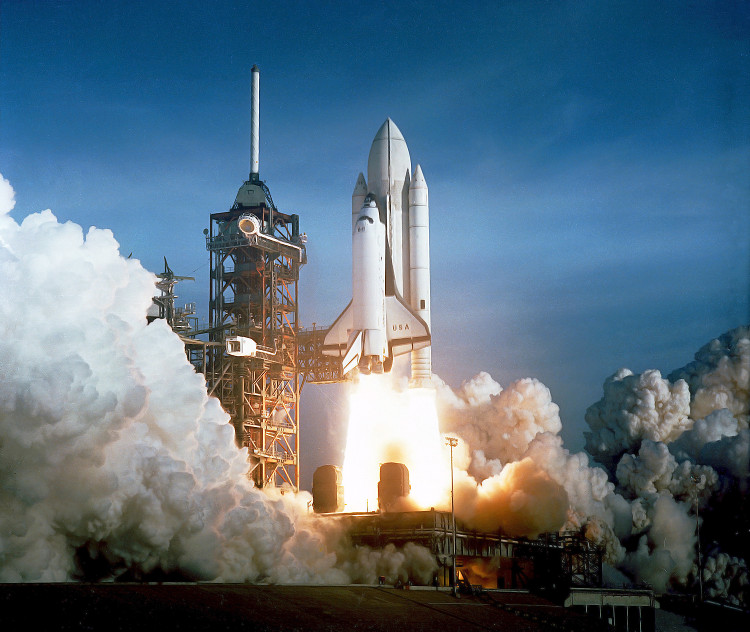
In 1972, the US Aerospace Agency (NASA) launched the Space Shuttle Program .Between 30 and 1981, 2011, the program brought more than 300 astronauts to Earth's low orbit, according to Cnet.
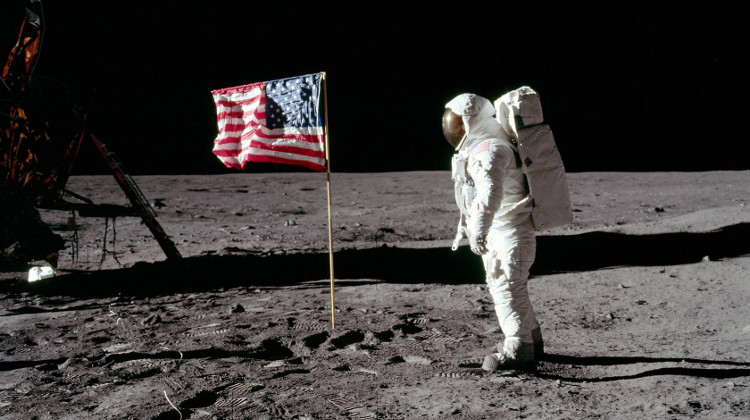
Russia was the first country to bring people into space, but the United States was the first country to bring people to the Moon and win the race to conquer space.NASA launched the Apollo 11 spacecraft to successfully carry out the mission to land on the Moon on July 20, 1969.
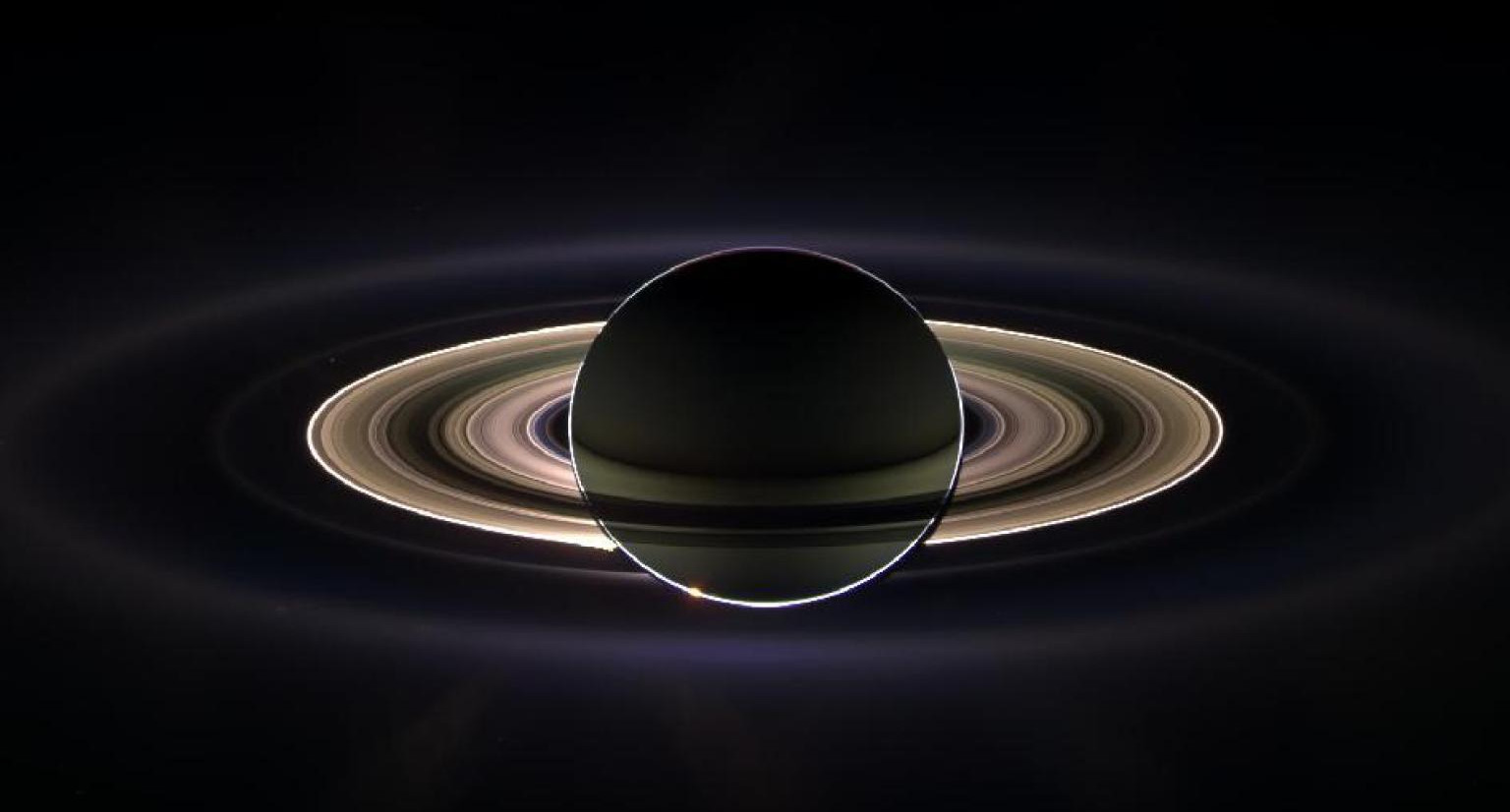
In 1997, the European Space Agency (ESA), NASA and the Italian Space Agency (ASI) launched the Cassini spacecraft to study Saturn, a giant gas planet in the solar system.The Cassini spacecraft not only helps scientists photograph Saturn, it also provides other data about the planets of the planet.
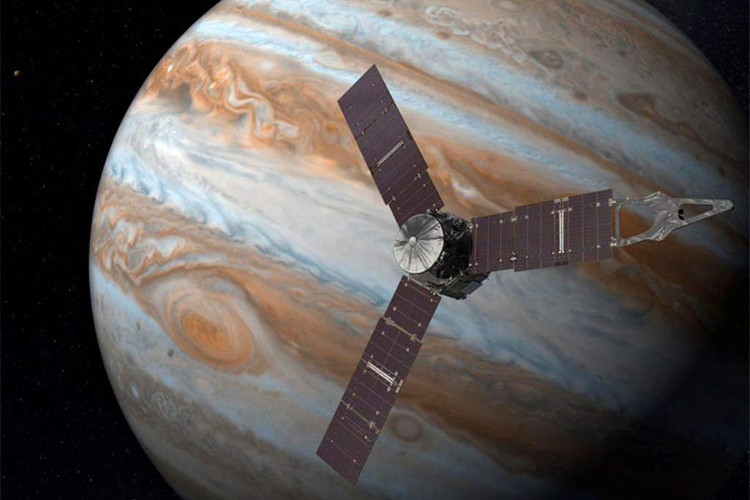
NASA's one-billion-USD Juno probe moves 2.8 billion kilometers from the launch pad at Cape Canaveral Air Station, USA, on August 5, 2011 to fly to Jupiter on July 4. 2016.The Juno has the task of exploring the largest planet in the solar system and its moons.

The New Horizons spacecraft (NASA) traveled about 4.8 billion kilometers to reach Pluto in July 2015.The main task of New Horizons is to map the surface of Pluto and the moon Charon, and understand the atmosphere and their temperature.
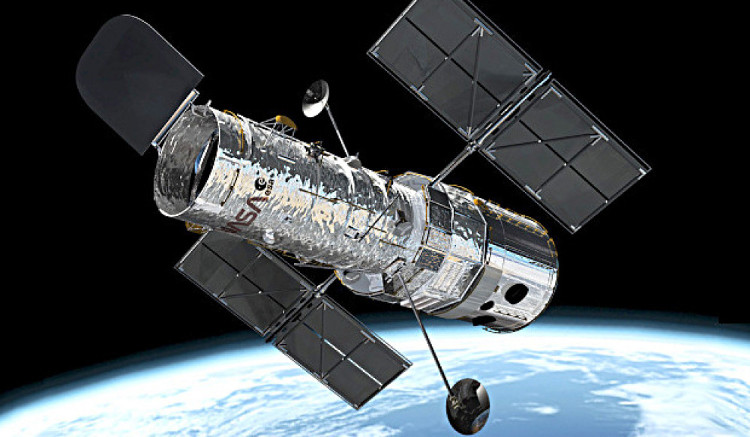
The Hubble Space Telescope is a joint project between NASA, ESA and the Space Telescope Science Institute, USA.Hubble began operations in 1990 at a height of 610 km from Earth.This is a reflecting telescope equipped with a computer system and a light-collecting mirror with a diameter of 2.4m.It can observe an object at a distance of 12 billion light-years because it is not affected by the Earth's atmosphere.

NASA's Voyager 1 and 2 spacecraft were launched into space in 1977 to survey Jupiter, Saturn, Uranus and Neptune.In 2012, Voyager 1 became the first artificial object to fly away from the solar system and into the intergalactic space.

In March 2009, NASA launched a spacecraft to launch the Kepler Telescope into space to search for planets capable of containing life outside the solar system.They are rocky planets about the size of the Earth, at a distance suitable for their parent stars, allowing liquid water to exist on the surface.So far, the Kepler spacecraft has detected all 4,696 planets, of which 2,330 planets meet these conditions.

In August 2012, NASA's Curiosity self-propelled robot landed on the surface of Mars, beginning its quest to find traces of life on the red planet.

International Space Station (ISS) is a joint project between 5 space agencies: NASA, Russian Federal Space Agency, Japan Aerospace Exploration Agency (JAXA), ESA and Space Agency Canada (CSA).ISS operates in low orbit around the Earth.Up to now, ISS is the place where more than 1,500 scientific studies are conducted under micro-gravity conditions.The results were transferred to at least 68 countries participating in cooperation projects.
- 5 greatest scientific achievements in NASA history
- Historical landmarks for NASA's 60 years of space exploration
- Outstanding world technical achievements in 2010
- Behind NASA's achievements and failures
- Outstanding scientific findings in 2015
- The inventions awarded Nobel prizes change the world medicine
- Vietnamese imprint in NASA achievements
- World outstanding medical achievements in 2015
- Five outstanding scientific faces in 2015
- Looking back at the outstanding scientific events in 2015
- VDC is rewarded for developing digital information content
- Things you didn't know about NASA
 Van Allen's belt and evidence that the Apollo 11 mission to the Moon was myth
Van Allen's belt and evidence that the Apollo 11 mission to the Moon was myth The levels of civilization in the universe (Kardashev scale)
The levels of civilization in the universe (Kardashev scale) Today Mars, the sun and the Earth are aligned
Today Mars, the sun and the Earth are aligned The Amazon owner announced a secret plan to build a space base for thousands of people
The Amazon owner announced a secret plan to build a space base for thousands of people